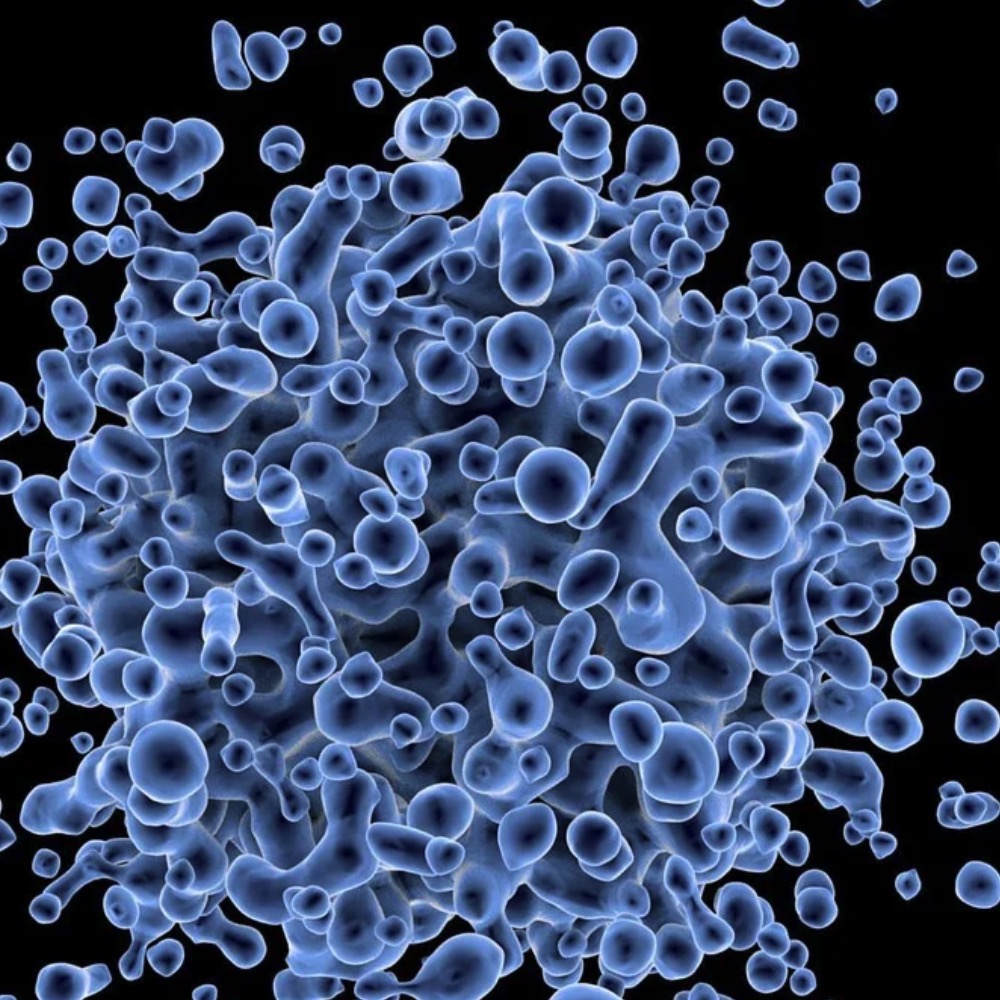Original Articles
27 August 2025
Vol. 56 No. 2 (2004)
Analysis of the kinetic of expression of tristetraprolin and HuR by rheumatoid arthritis patients pheripheral blood mononuclear cells stimulated with lipopolysaccharide
Publisher's note
All claims expressed in this article are solely those of the authors and do not necessarily represent those of their affiliated organizations, or those of the publisher, the editors and the reviewers. Any product that may be evaluated in this article or claim that may be made by its manufacturer is not guaranteed or endorsed by the publisher.
All claims expressed in this article are solely those of the authors and do not necessarily represent those of their affiliated organizations, or those of the publisher, the editors and the reviewers. Any product that may be evaluated in this article or claim that may be made by its manufacturer is not guaranteed or endorsed by the publisher.
1356
Views
932
Downloads











